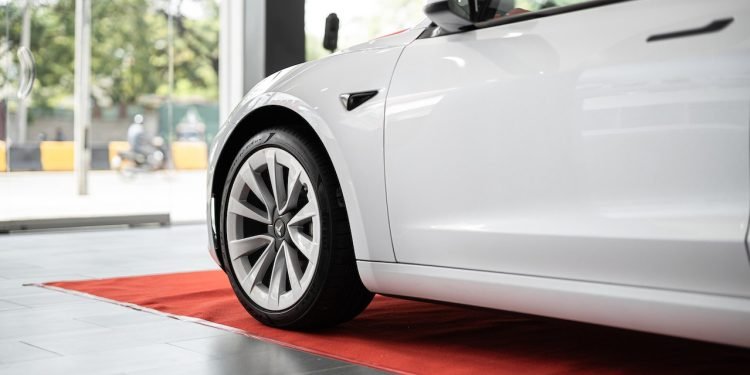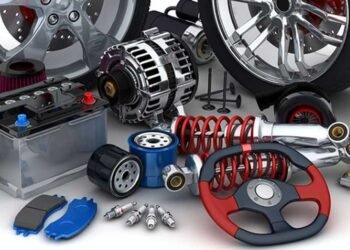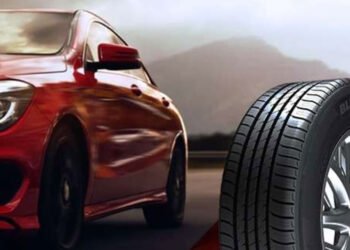The automotive industry has undergone significant changes over the years and has grown and evolved from the early days of the horseless carriage to the mass production of cars to smart cars and driverless technology.
One of the most important aspects of the car-buying process is the dealership. For decades, traditional brick-and-mortar dealerships were the only way to buy a car. However, with the rise of digital technologies, the auto dealer has also had to evolve as the way we buy cars has changed dramatically.
In this article, you’ll explore the evolution of auto dealerships from traditional to digital.
Traditional Auto Dealerships
Traditional auto dealerships have been around for over a century. They typically operate in a physical location where customers can visit, browse cars, and speak with salespeople. Traditional dealerships have a sales team that works on commission, and they make their money by selling cars. The sales process typically involves a test drive, negotiation, and financing options. While traditional dealerships offer a personal touch, they are also known for high-pressure sales tactics and limited inventory.
Rise of Digital Auto Dealerships
The rise of the internet and virtual and mobile technologies has revolutionized the way we shop for cars. Digital auto dealerships have emerged as a new way to buy cars online. They can operate through websites, mobile apps, and online platforms and offer a wide range of cars, competitive pricing, and a convenient buying process.
Customers can browse cars online, customize their financing options, and even get a virtual tour of the car. Digital dealerships offer a streamlined buying process, making it easier for customers to find the right car for them.
Challenges of the Digital Auto Dealership Model
While digital auto dealerships offer many advantages, there are also challenges associated with this model.
One of the main challenges is the lack of personal touch and face-to-face interaction. Unlike traditional dealerships, digital dealerships lack the ability to connect with customers on a personal level. Another challenge is the need for advanced technology and online infrastructure.
Digital dealerships require a sophisticated online platform that can handle a large volume of traffic and transactions. Additionally, trust and credibility are important in the digital space, and digital dealerships need to establish trust with customers who may be wary of buying a car online.
The Future of Auto Dealerships
The future of auto dealerships lies in the integration of digital and traditional models. While digital dealerships offer convenience and speed, traditional dealerships offer a personal touch and expertise.
The future of auto dealerships will likely involve a hybrid model that combines the best of both worlds. Additionally, emerging technologies such as virtual reality and artificial intelligence will play a role in the evolution of auto dealerships. For example, virtual reality could be used to create a more immersive car-buying experience, while AI could be used to personalize the buying process for each customer.
In conclusion, the evolution of auto dealerships from traditional to digital has been a significant change in the automotive industry. Whether buying a car at a traditional or digital dealership, the most important thing is to do your research and choose a reputable dealer that you can trust.












